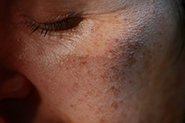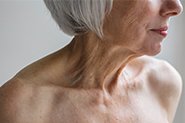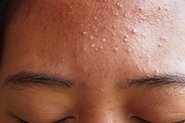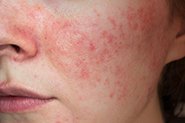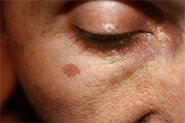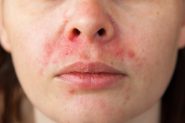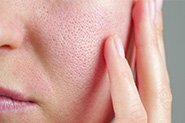SKINCARE TREATMENTS FOR UNEVEN SKIN TONE. APPROVED BY DERMATOLOGISTS.






What Causes An Uneven Skin Tone?
The #1 reason for uneven skintone in Australia is sun exposure. Damage caused by the sun’s UV rays results in spots of brown pigment appearing on the face and body skin. When you’re younger, these are called freckles and they’re considered cute.
As we age, and with continued sun exposure, hyperpigmentation becomes more extensive and is often accompanied by other signs of sun damage (called ‘photodamage’) such as rough, dry, deeply wrinkled, saggy skin with uneven texture, depigmented white spots called ‘guttate hypomelanosis’ and broken vessels.
The technical name for this is ‘photoaging’. The flat dark brown spots are often called ‘sunspots’ or ‘liver spots’ (although they have nothing to do with your liver!).
Sun exposure also causes post-inflammatory hyperpigmentation (the dark spots left after acne and breakouts) to darken and persist in the skin.
Because of our harsh Australian sun, and culture of sun exposure, pigmentation and uneven skintone is one of the most common skin conditions we treat at Qr8 MediSkin.
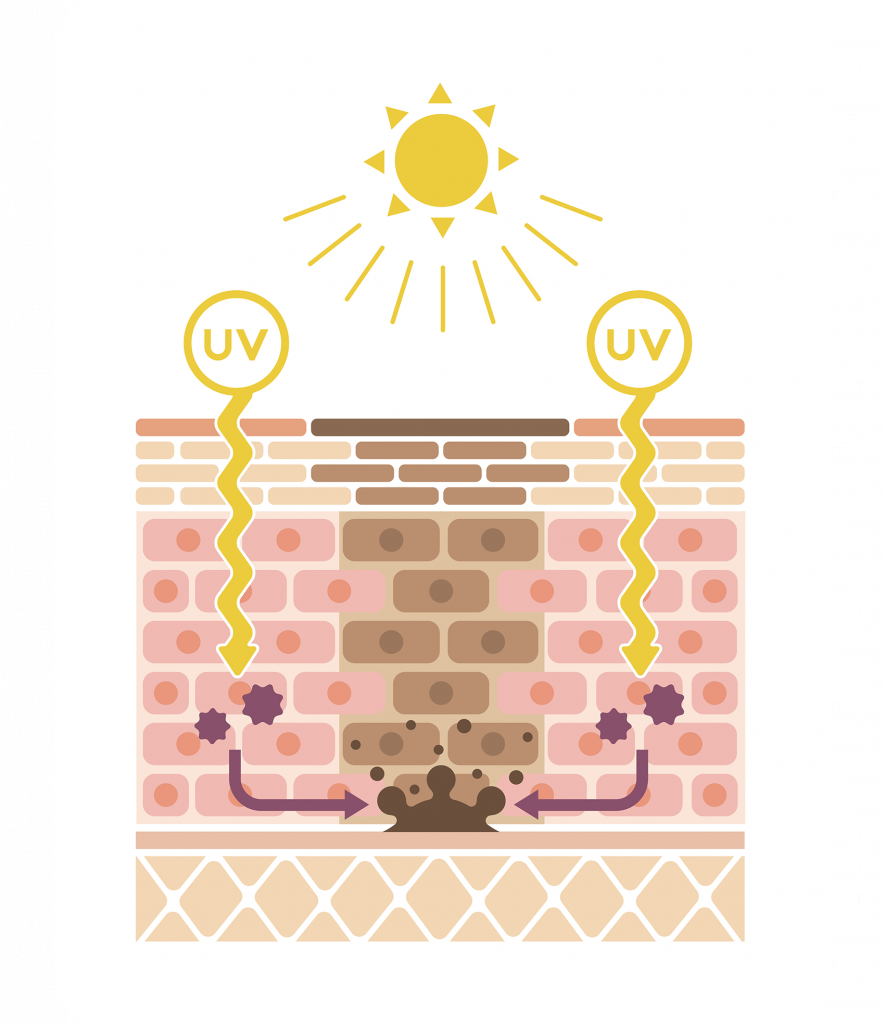
How Does Hyperpigmentation Develop?
Everyone’s unique skin, hair and eye colour is a result of melanin. In skin, melanin is made of two substances produced by specialised cells in the skin called melanocytes. Melanin functions to protect skin by absorbing and dissipating UV radiation, thereby preventing free radical formation and damage to the cells and proteins within our skin. Melanin is essentially our natural sunscreen – in lighter skin tones, melanin provides a natural SPF of 3.4 (see why you need sun protection?).
Melanocytes are found in the deepest layer of the epidermis. They synthesise and package melanin inside the cell using an enzyme called tyrosinase and transfer the melanin-containing package (called a ‘melanosome’) to neighbouring skin cells with their long finger-like extensions. These is how melanin is distributed throughout all layers of the epidermis, and why the pigment appears as random spots on the skin’s surface.
When melanocytes are exposed to UV, they upregulate the enzymes involved in melanin synthesis and transfer more melanosomes to more skin cells. UV also damages melanocyte DNA, resulting in increased melanin synthesis. The skin cells themselves also respond to UV radiation by taking up more melanosomes, and producing inflammatory chemicals.
All of this results in hyperpigmentation and the uneven skintone you see in the mirror.
Other Causes Of Uneven Skintone
There are other causes of hyperpigmentation such as melasma or post-inflammatory hyperpigmentation (the dark spots left after acne spots heal). Our doctors can provide an accurate diagnosis so you get the best treatment for your pigmentation.
An Uneven Skintone Makes Us Look Prematurely Aged (Even Without Wrinkles!)
In scientific experiments, 3D simulated faces with uneven skintone were assessed by test subjects as older and less healthy than those with an even skintone. This was completely independent of wrinkles, loose and sagging skin – all things that are typically considered ‘aging’! So an even, bright skintone helps our skin look it’s biological age, not prematurely aged.
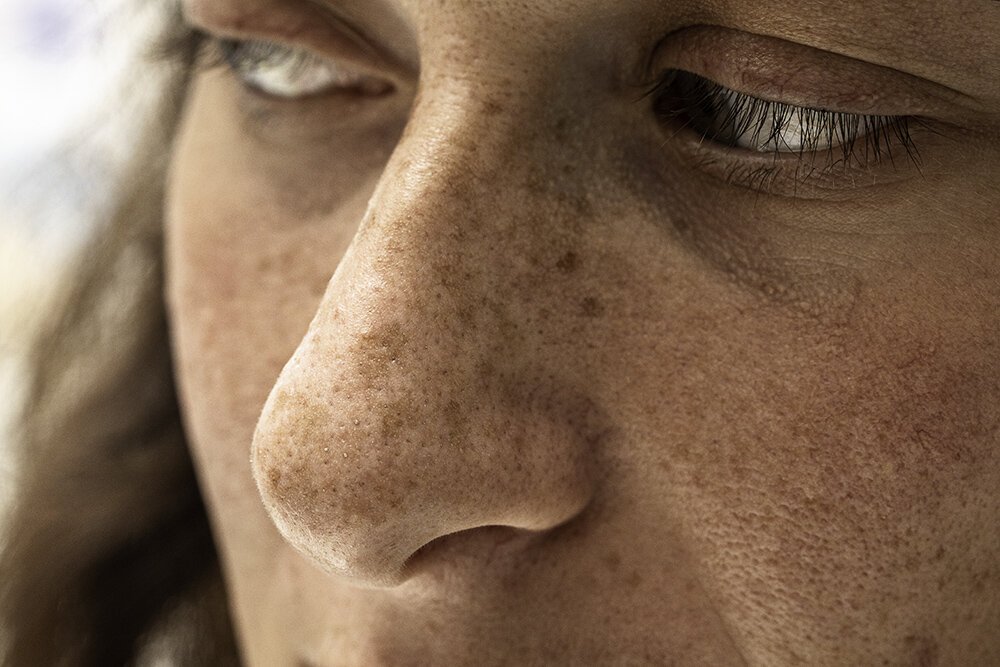
What’s The Best Treatment Cream For Hyperpigmentation In Australia?
When it comes to fading hyperpigmentation, most people immediately start searching for the best cream for pigmentation removal. But the best product for hyperpigmentation (and the foundation of any pigmentation treatment) is sunscreen!
Our Skincare Support Team knows which are the best sunscreens in Australia (and why!). We help you choose one that will work for you, and teach you how to use it correctly to prevent further sun damage, to ensure you get, and keep, the even skintone you’re looking for. HERE’S some general advice.
Read more about the UV index and why it’s an important tool for managing sun protection HERE.
Do I still need sun protection if I have a darker skintone?
The melanin in black skin gives it a natural SPF closer to 13, so the darker your skin, the better your protection against photoaging.
But there’s a downside – more melanin predisposes darker skin to hyperpigmentation from breakouts, injury and irritation/inflammation. And melasma is more common in these skin types.
So it’s a myth that darker skin types don’t need to wear sunscreen or use sun protection. Everyone needs protection from the sun’s UV rays!
HOW DO WE TREAT AN UNEVEN SKIN TONE AT QR8 MEDISKIN?
We don’t just give you access to the best customised skin products for fading hyperpigmentation and skin brightening. We are Australia’s go-to service for support so you can use your treatment safely and effectively, and maintain your results.

We get to know you – our doctors invest time during your 1:1 video consult helping you get the most from your pigmentation treatment – like diagnosing the cause of your uneven skintone, asking about lifestyle factors, and explaining which of the multiple hyperpigmentation treatment options are right for you.

Our Skincare Support Team provides 1:1 personalised skincare advice and support to all our patients. All our patients receive personalized 1:1 advice from our Skincare Support Team about inexpensive skincare products to support their pigmentation treatment product. It’s part of our all-inclusive cost – read more in our FAQ.
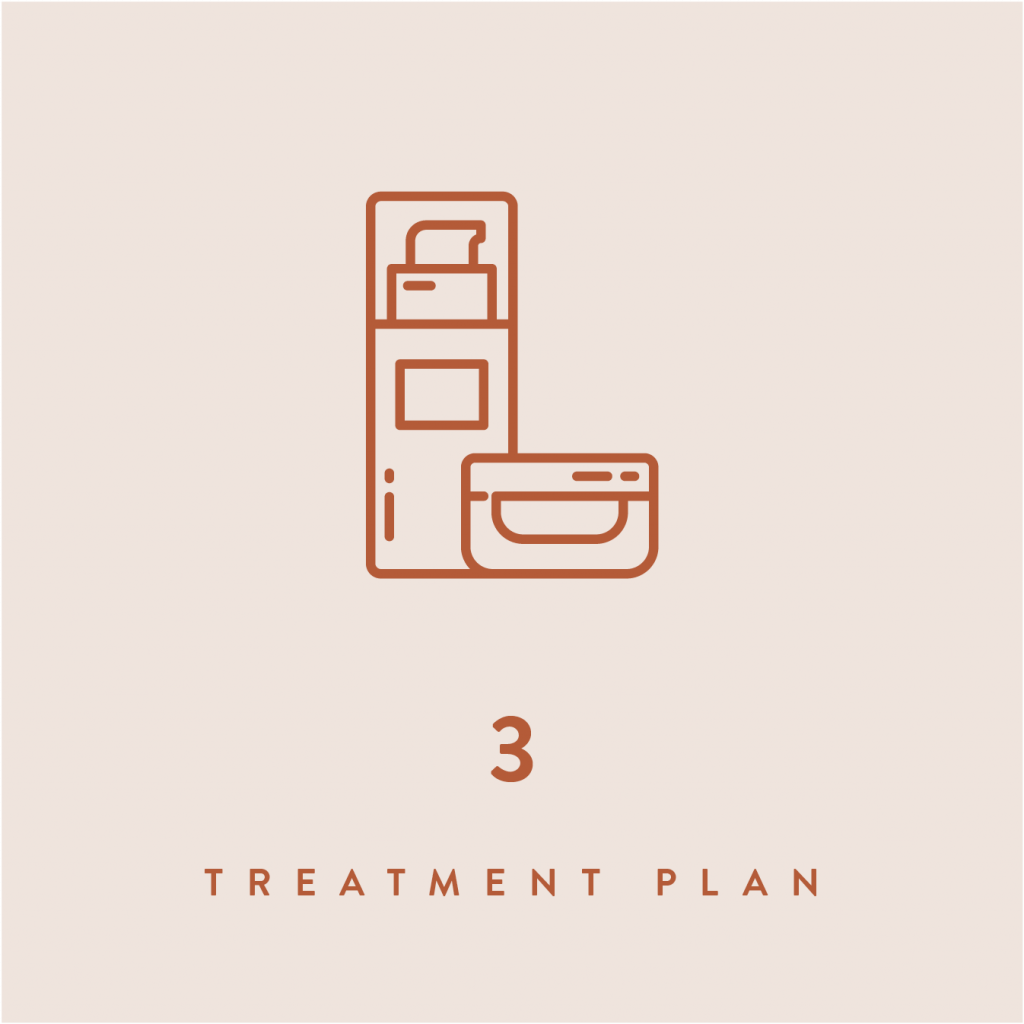
We design the best skin pigmentation removal cream for you – Our doctors use clinical guidelines developed by our in-house medical and scientific team, based on the most current and best-available evidence. They use these to design the best pigmentation product for you – a skin treatment cream for uneven skintone with a fully customised blend of active ingredients that can be adjusted to suit your skin’s tolerance, allergies and sensitivity level, available only on prescription.
Your customised prescription treatment medication includes a blend of ingredients designed just for you:
We use the best evidence-based and dermatologist-approved hyperpigmentation treatment ingredients to fade dark spots on the face, neck, and chest.
Do I need a Vitamin C serum to treat pigmentation?
Vitamin C (in the form of L-ascorbic acid) is a powerful antioxidant, and a great addition to sunscreen to protect your skin from free radical damage from the sun. But it’s effectiveness in reducing pigmentation is no match for our gold-standard fading ingredients.
Read more about Vitamin C’s antioxidant function HERE.
Do I need to spend a lot of money on skincare to support my hyperpigmentation treatment product?
Click HERE to read what our founder, PhD scientist Dr Michele Squire, told Mamamia Australia about expensive skincare (hint: expensive skincare often contains long lists of ingredients at tiny concentrations just to justify their high price. The best cleanser, moisturiser and serum is often the least expensive!)
References


